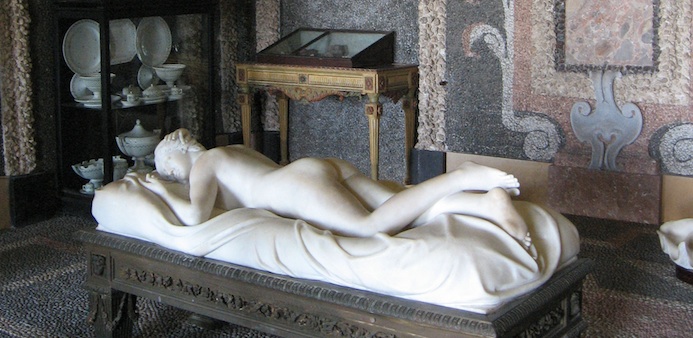In the northeast corner of Hyde Park in London, is a compelling little place known as ‘Speaker’s Corner.’ It is tradition that in Speaker’s Corner, any person can decide to stand up and orate freely to a crowd - on any topic they wish. If we were to go there now, we would likely find someone doing just that.
Now let’s say I were to take you there. Let’s say I were to take you there now, plonk you up on an overturned crate and demand you orate to the crowd. Specifically on the topic of ‘European Pictoral Heritage.’ Please, no dithering.
What would you say? What could you say? How would you begin, or for that matter continue, and then finish? I would certainly struggle. I would dither.
This is exactly one of Chris Herdel’s main concerns. (Not the dithering, the lack of knowledge.) He began his free lecture ‘Art and Economy – Adversaries of Complements?’ on the 3rd of November, at the Hollar Building of the Faculty of Social Sciences, Charles University, by voicing this concern. Herdel is certainly not lacking in knowledge in this field. He often gives free lectures to educate on European art history, is an active painter and photographer himself, and is a spokesman for ALE – Art Lobby Europe. This particular talk tied together ideas of art investment and economic growth, an unusual perspective, which is perhaps partly influenced by his engineering and architectural background.
Knowledge of our European art history is being lost; it is often no longer taught in schools, and many of us are fairly clueless, maybe even - shock horror - indifferent to it. But why does that matter? As Herdel zealously explained, it matters because it is part of how we got here. Culturally speaking. It reflects society’s evolution of culture, values, and philosophies. It gives us insights into social history that other sources often cannot. Even if you’re not interested in history - the iconography is all around us. It is encoded and re-encoded again and again in advertising, graphic design, modern art and fashion. It is current, because it is part of our past, and so defines us, in part. In the more eloquent words of Marcus Garvey, ‘a people without the knowledge of their past history, origin and culture is like a tree without roots.’I can only celebrate his undeterred enthusiasm, and wish him success in his campaigning with ALE.
Not only is Chris Herdel’s passion on this topic focused on the understanding of history and culture through art, but also its affect on our modern day lives. Once commonplace for artists to be commissioned to create exquisitely delicate paintings to incorporate into architecture, or a symbolic and meaningful statue in a town centre, this is more rare now. Herdel believes that the values which surrounded this public investment in art, are important for our well-being - both personal and economic. On a personal level, consider the social impact that more public artworks could have, in terms of a community’s pride and respect for their surroundings. Plus, economically, art is an investment. Chris Herdel drew on Prague as example – its intricate architecture and public artwork still bring in tourism today. It is the same for a tiny village with an enchanting church, or the ambience of an art-filled restaurant.
For Chris Herdel it is important to distinguish between pictorial art, and more modern forms. He has doubts about the abstract pieces of artwork that are most commonly commissioned in cities today; that they have little significance to many people, and little meaning. (This part did insight a rather riotous debate, I must say, with many feeling the need to defend “modern art” in all its quirky glory. Herdel welcomed the debate gleefully.) For Chris Herdel, using accessible art, which draws on European heritage, to invest in community economies, would be a step in the right direction. It is abstract money, as the return on the investment is not instant and difficult to qualify, but would enhance a community and increase its income – if indirectly. He is fanatical about the need for redistribution of investment in our post-collapsed economy, and advocates that investment in culture and art would be one of the most beneficial ways to do this.
I can only celebrate his undeterred enthusiasm, and wish him success in his campaigning with ALE. His talk certainly inspired an invigorating debate, and interest in a topic that isn’t often given much of a platform.















